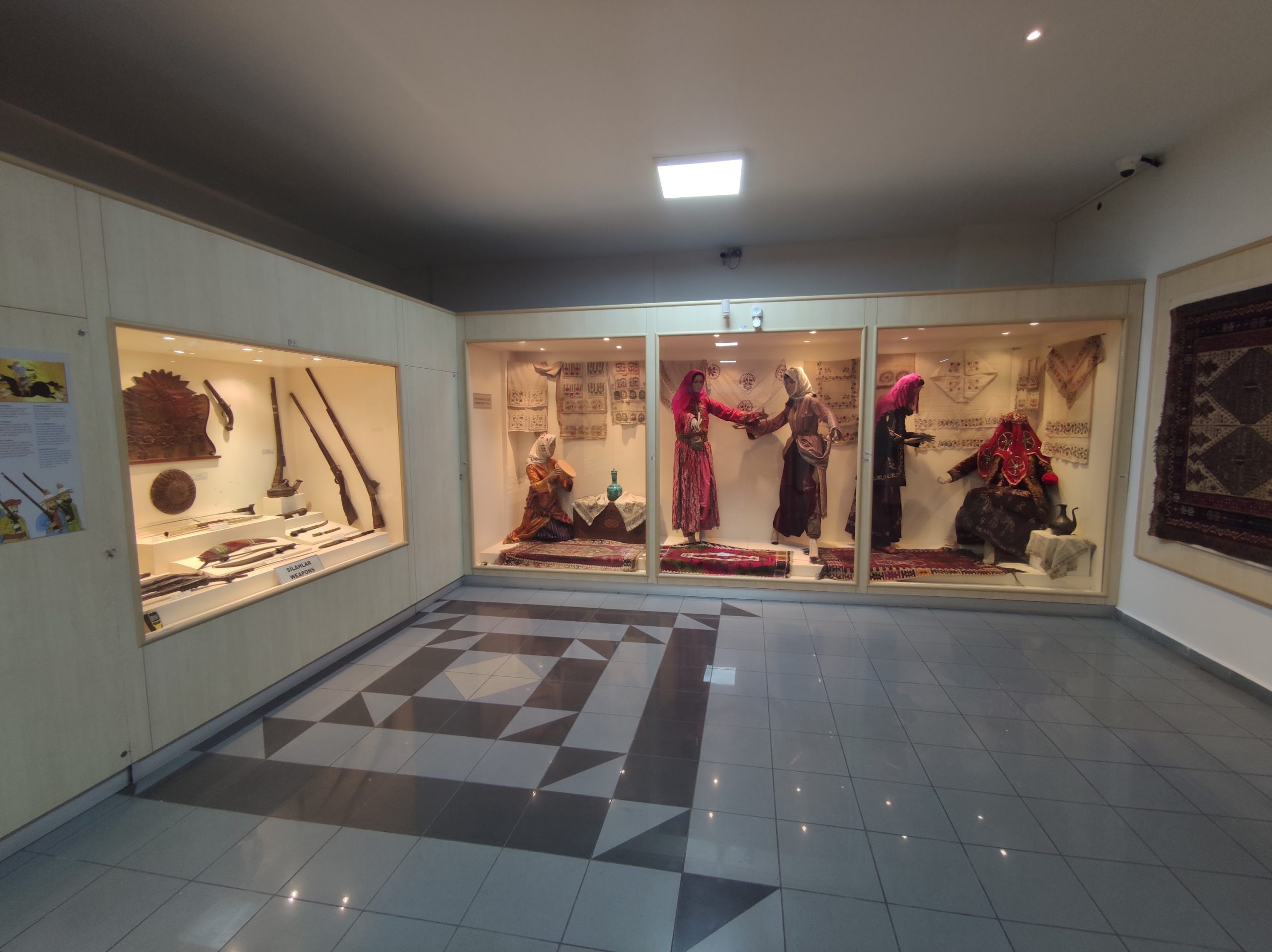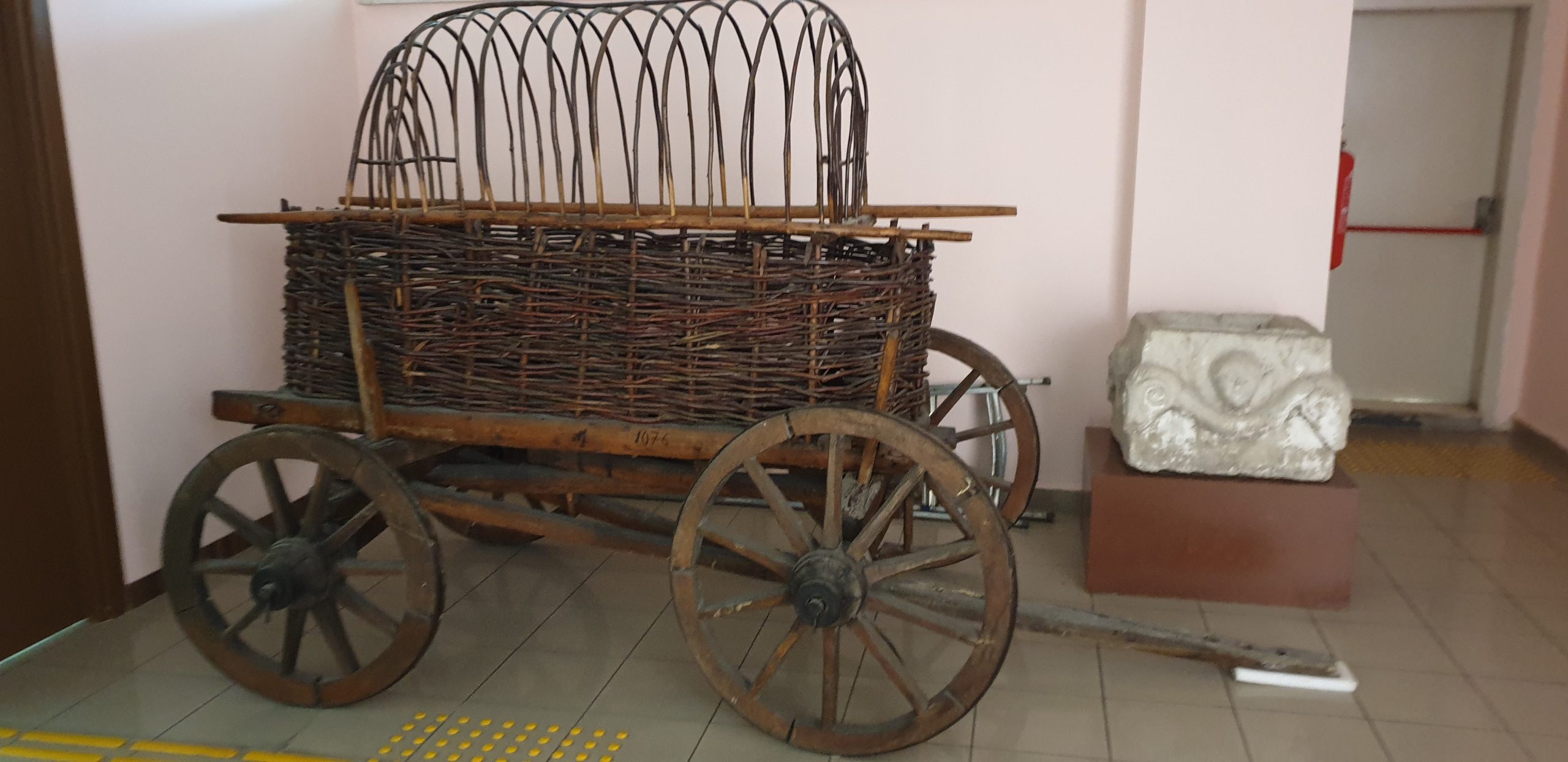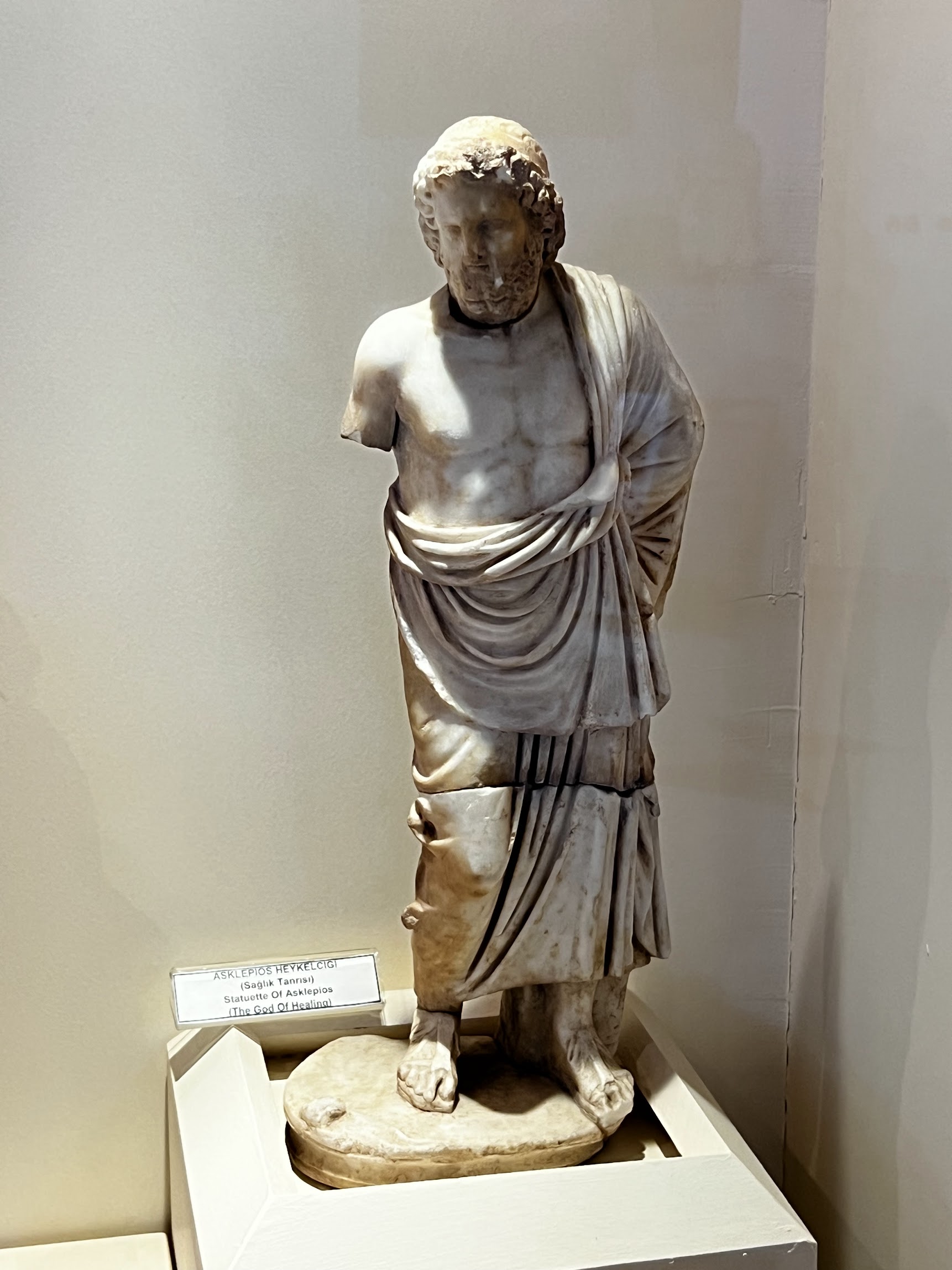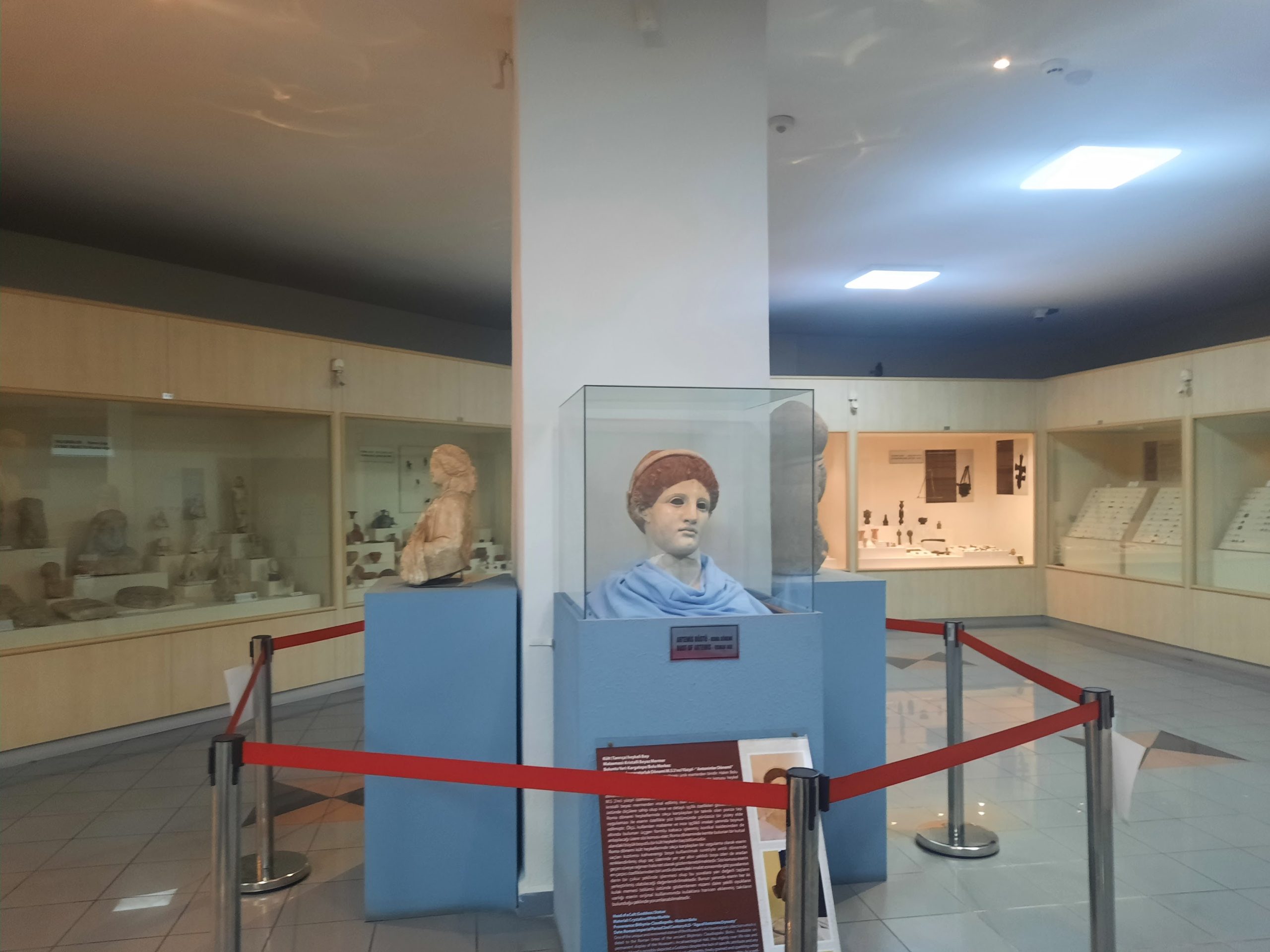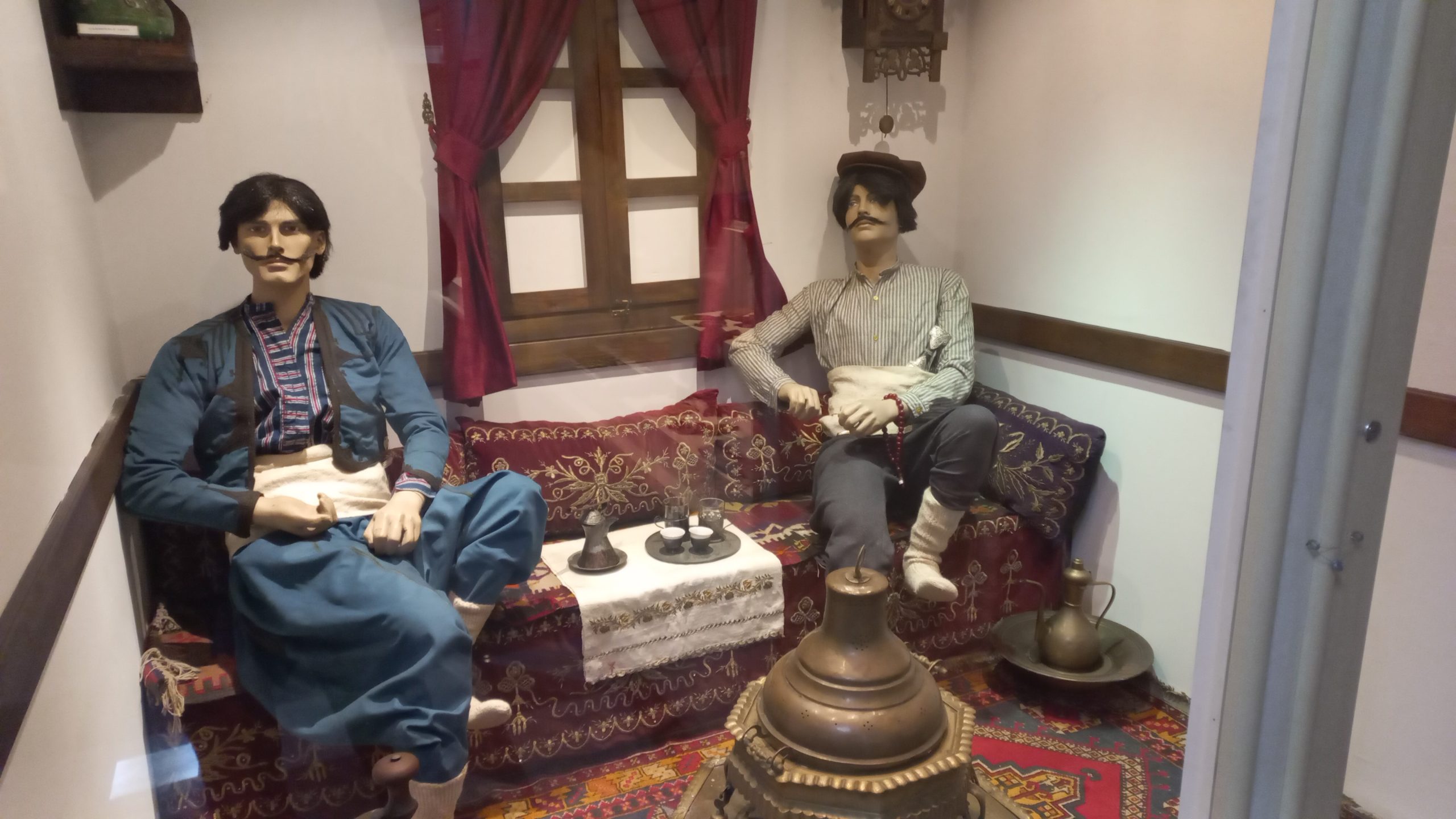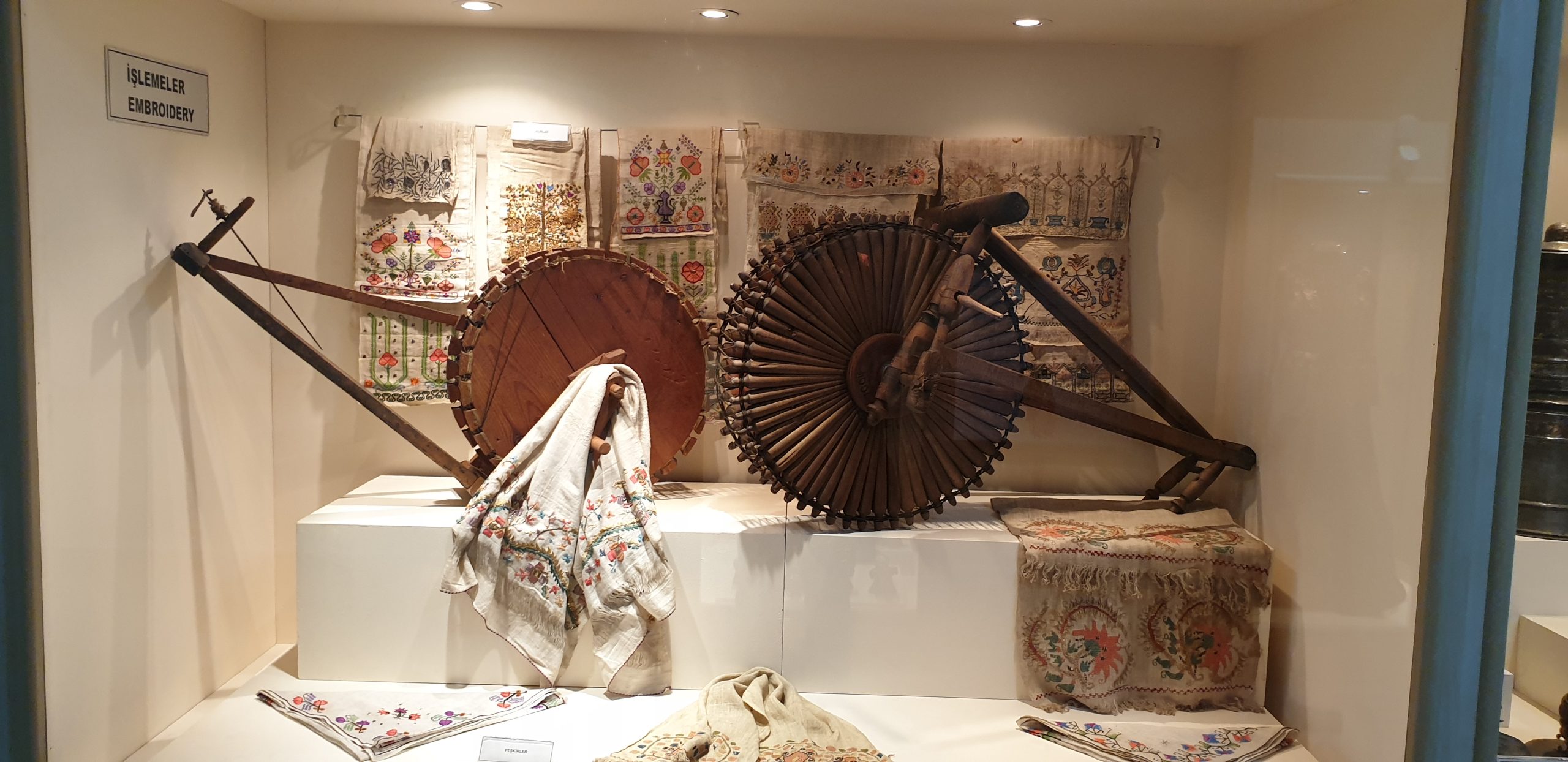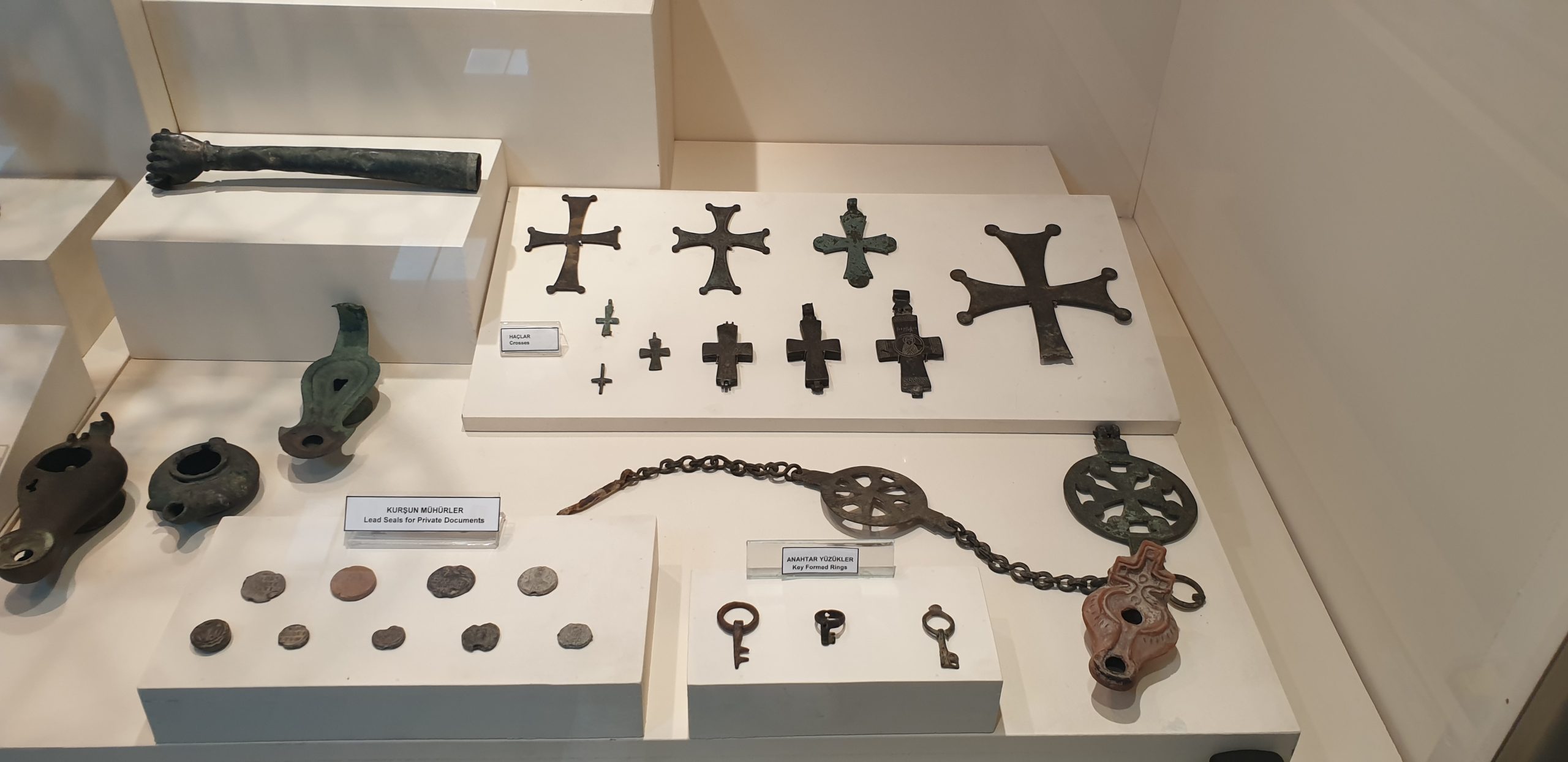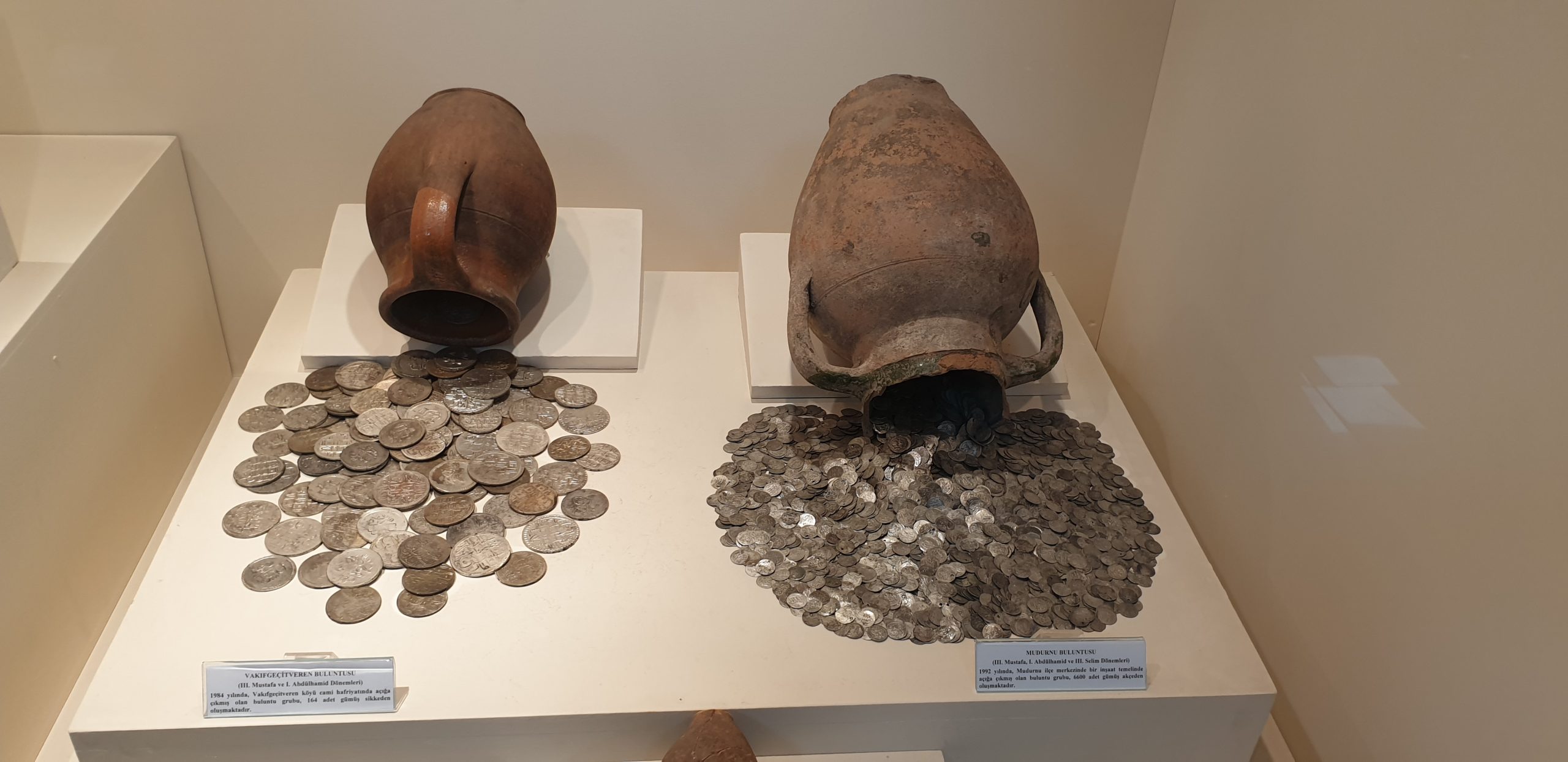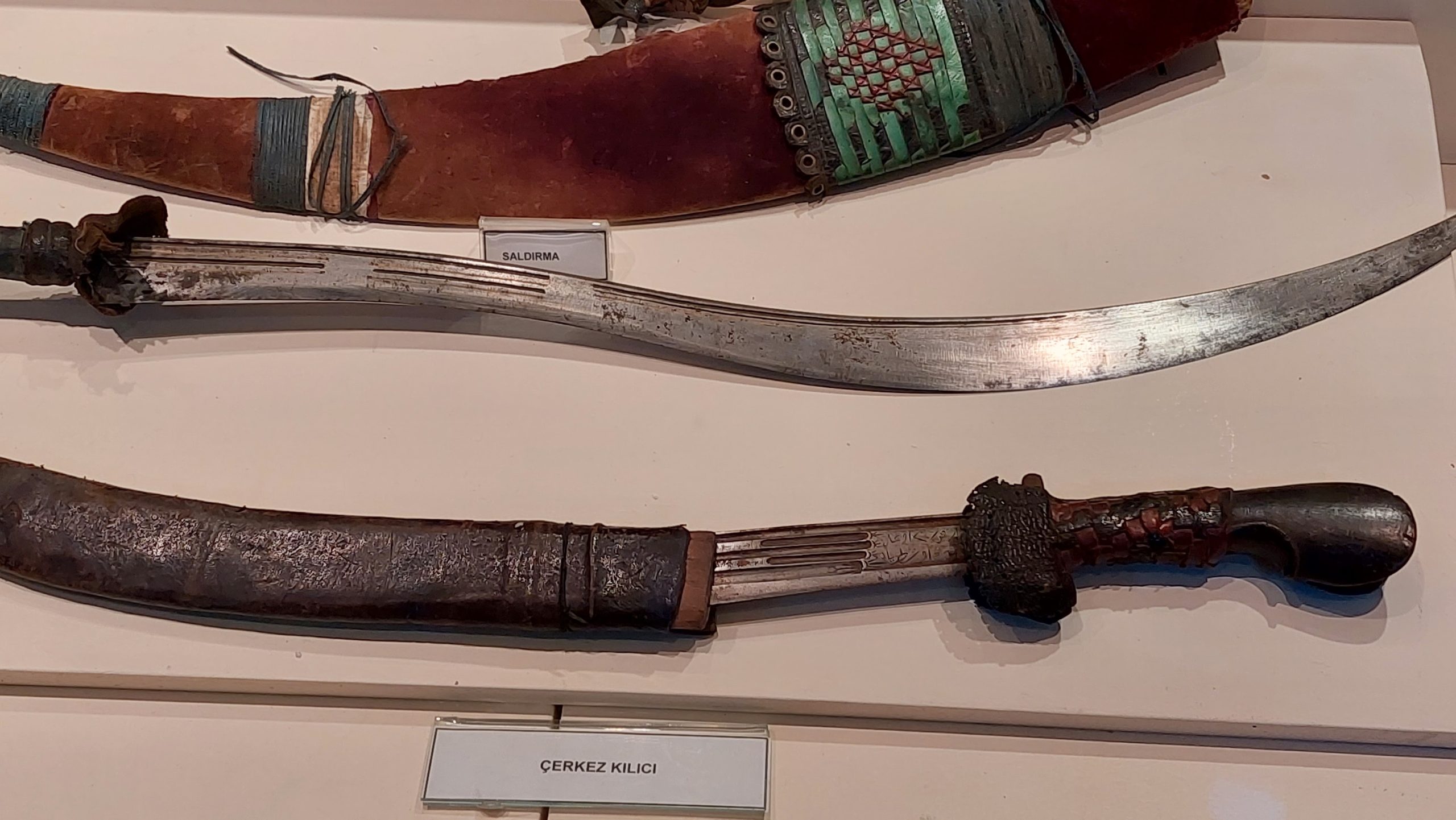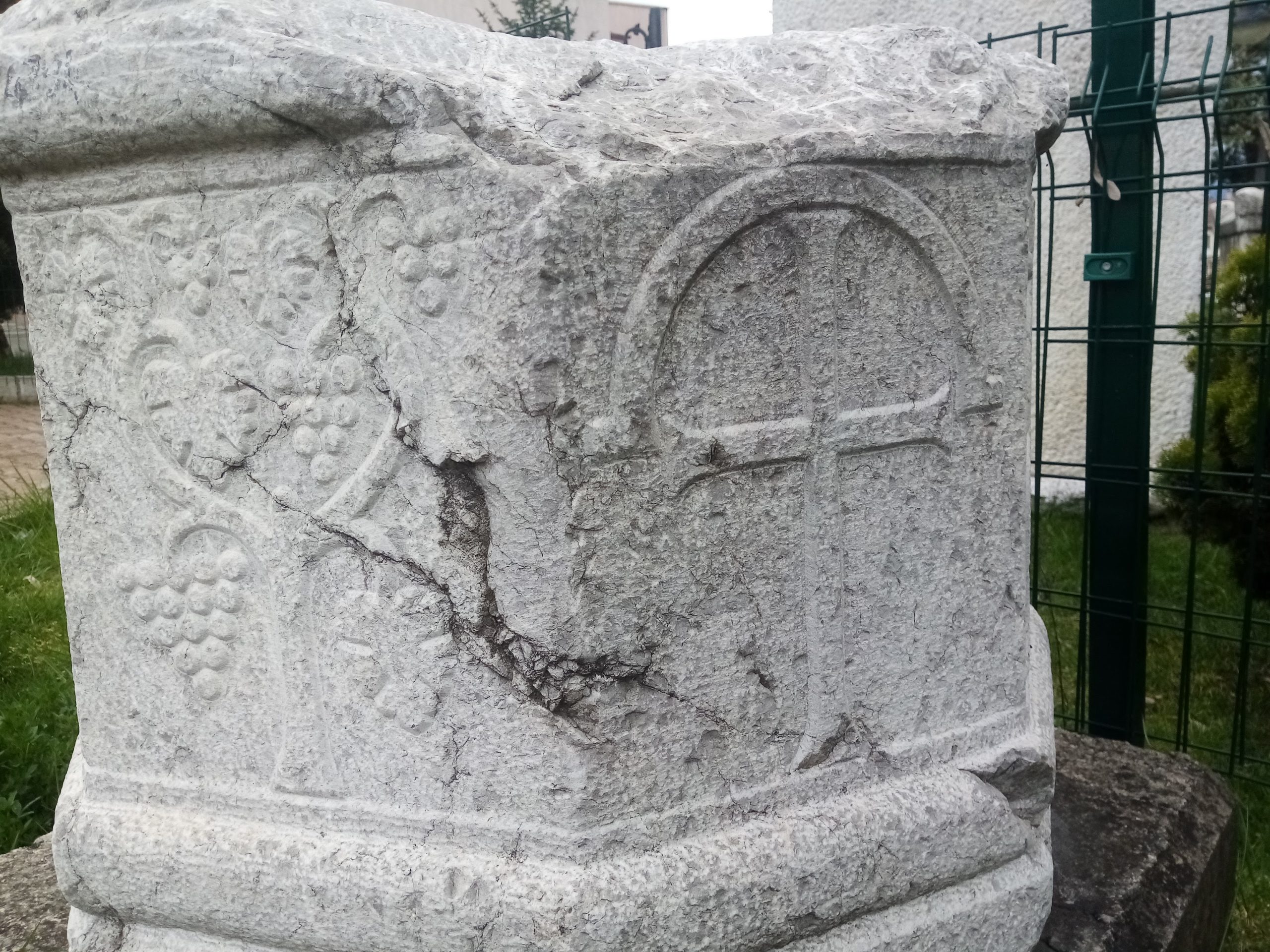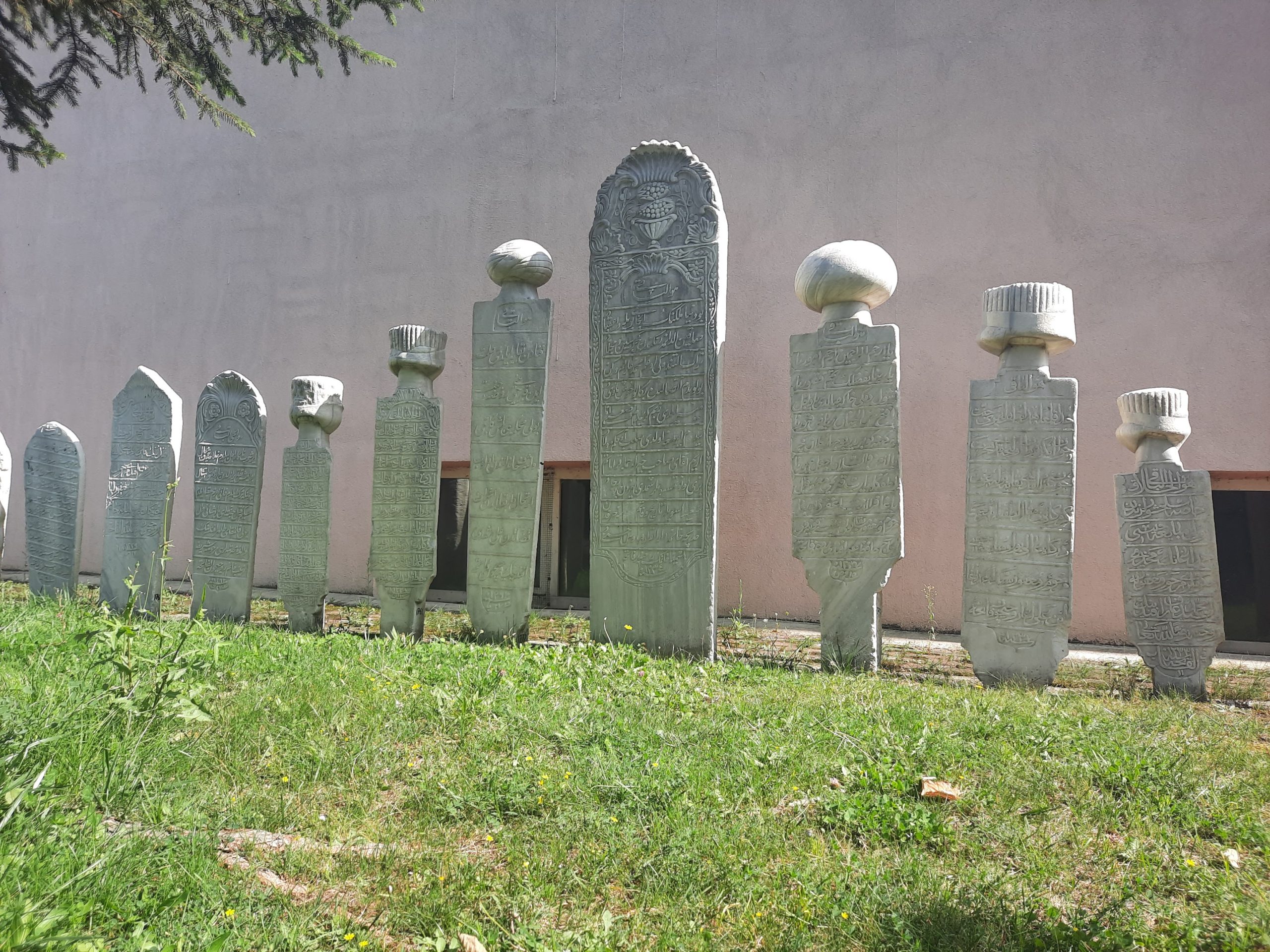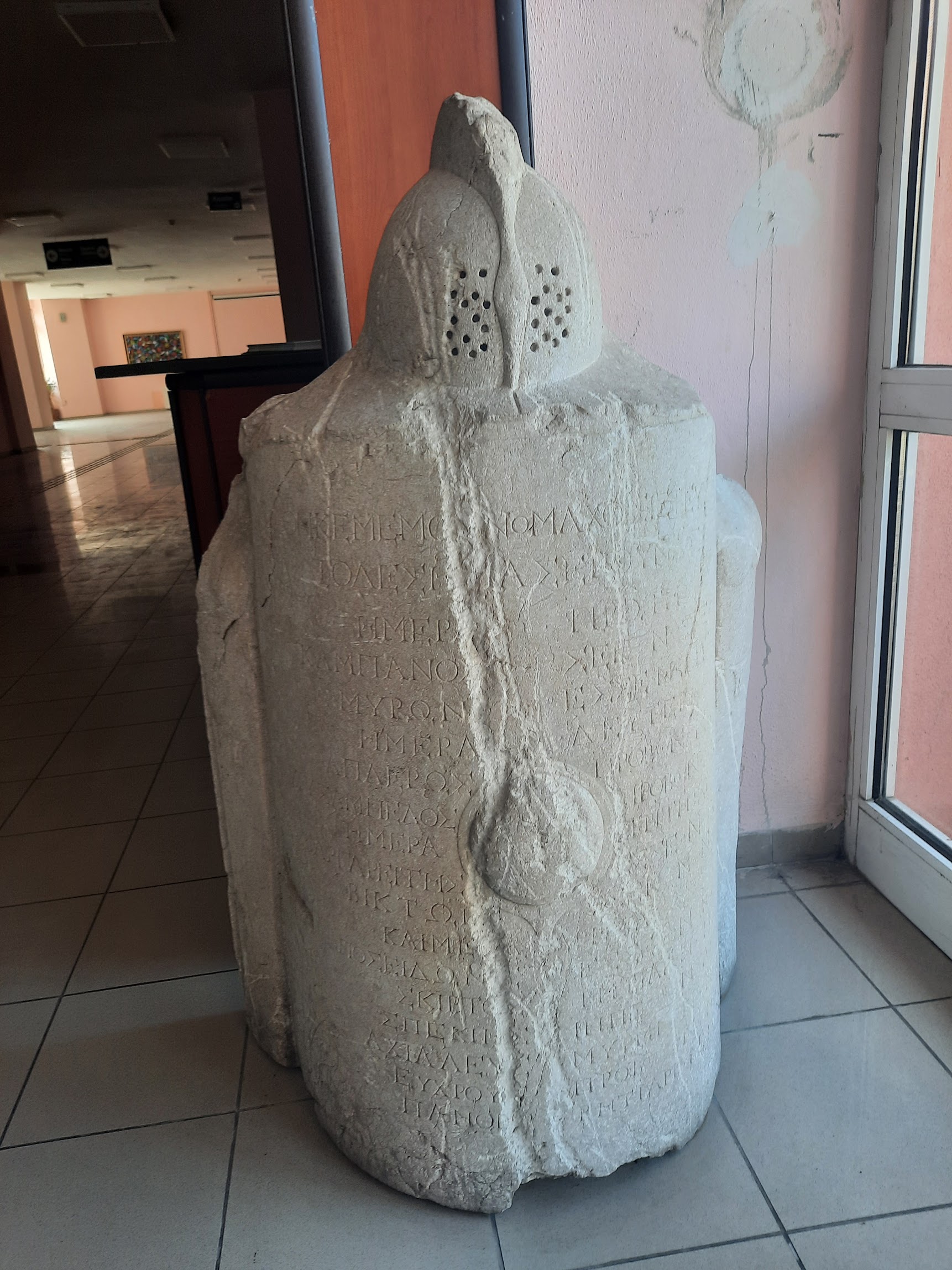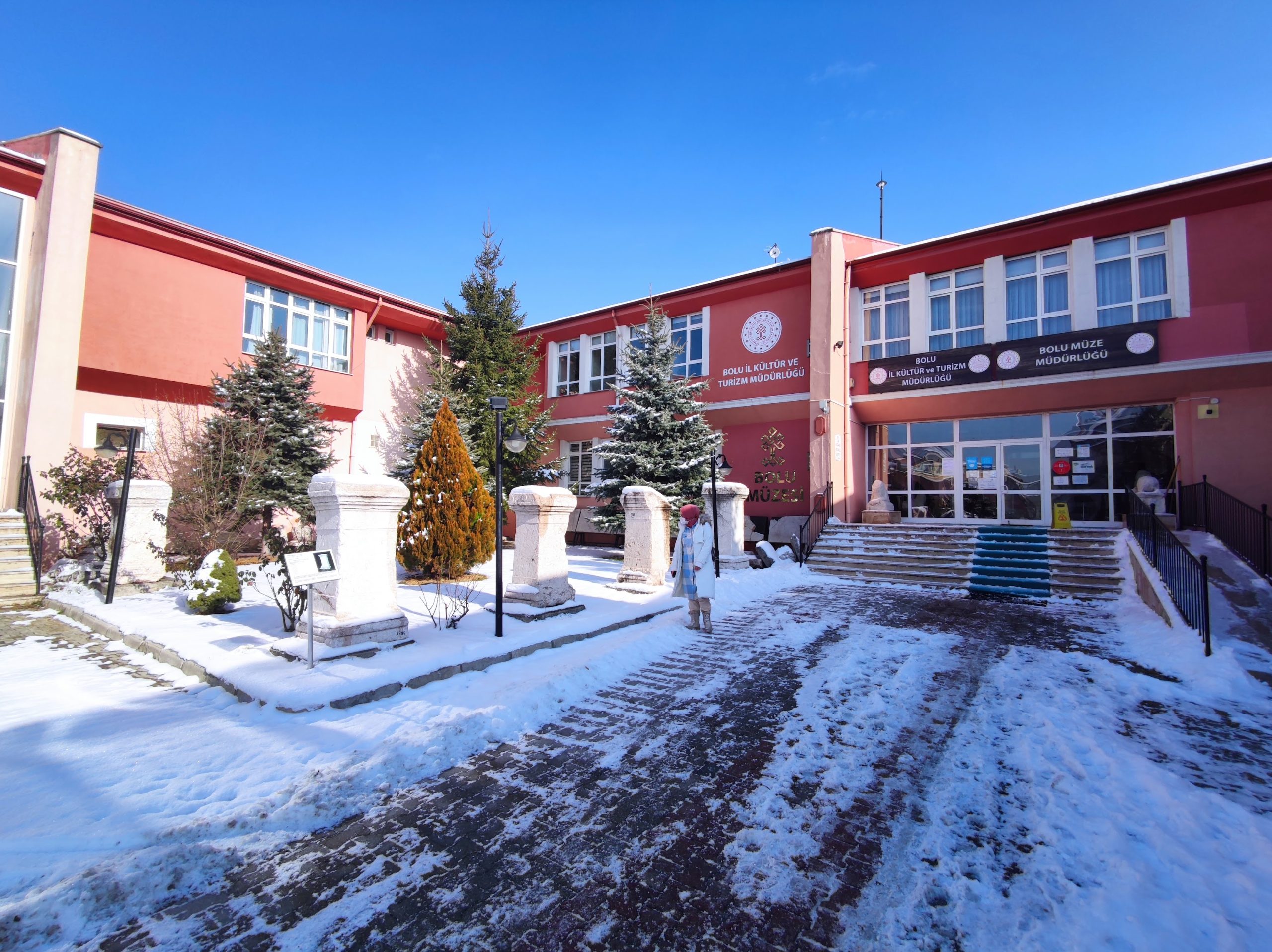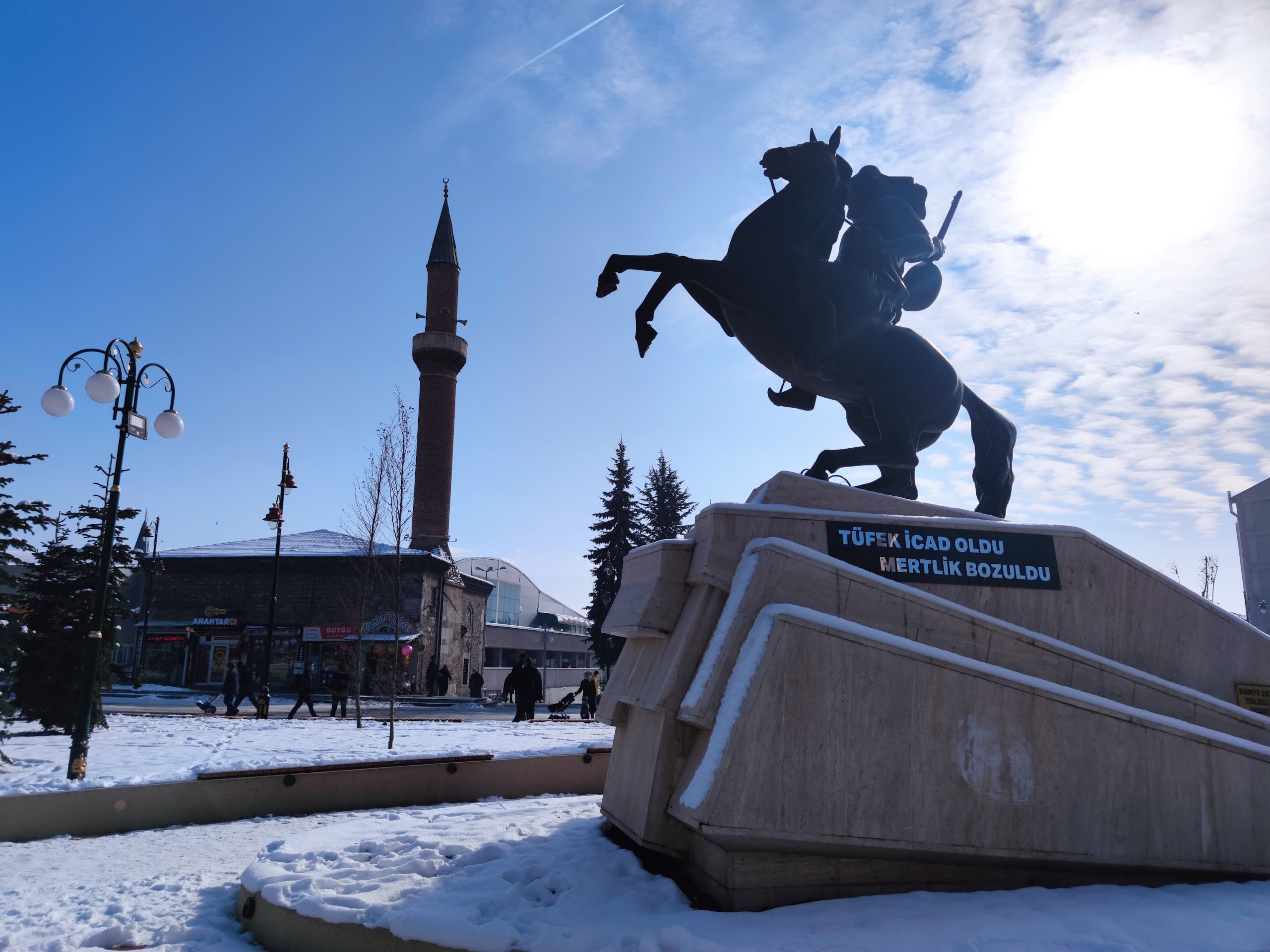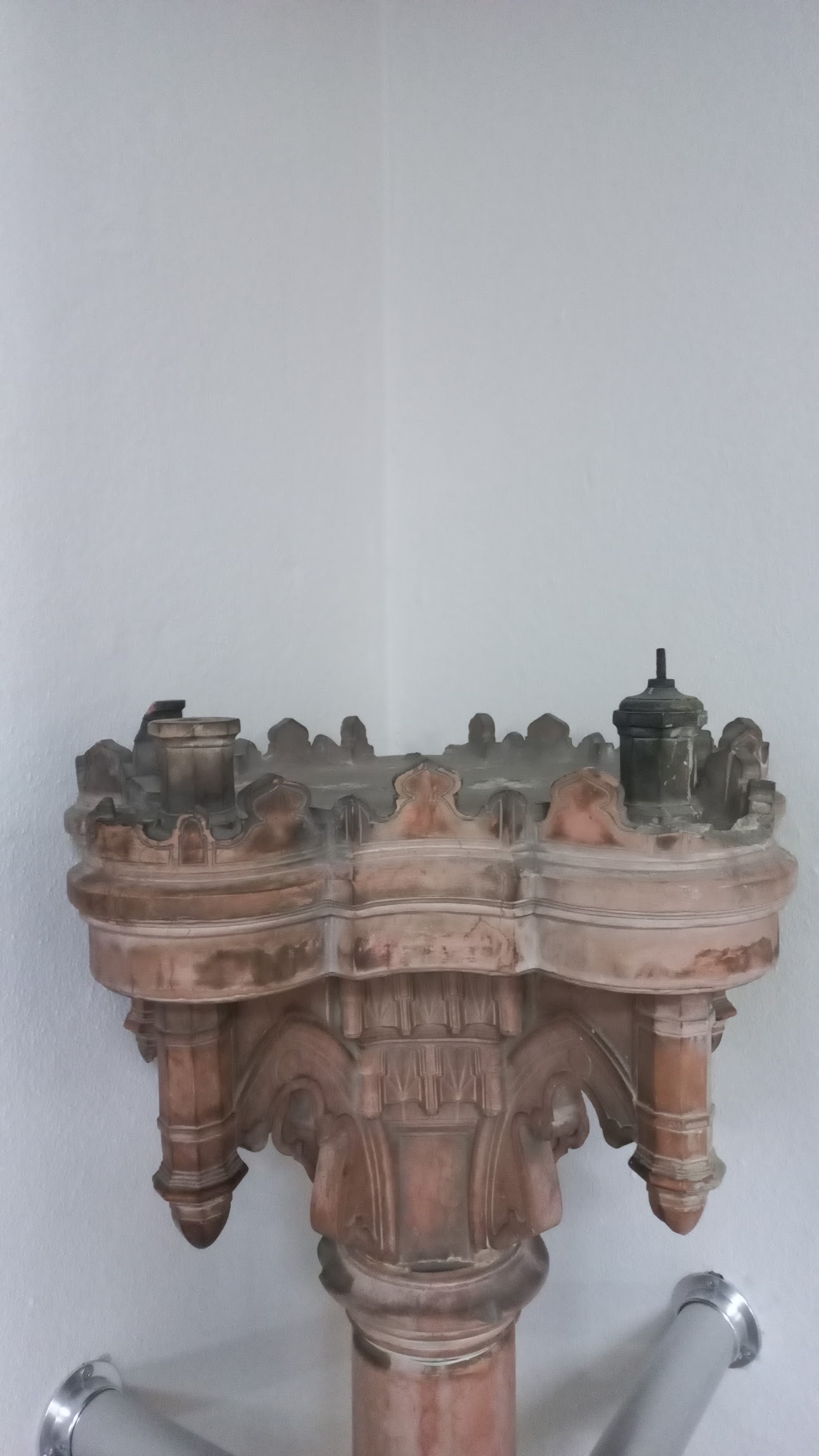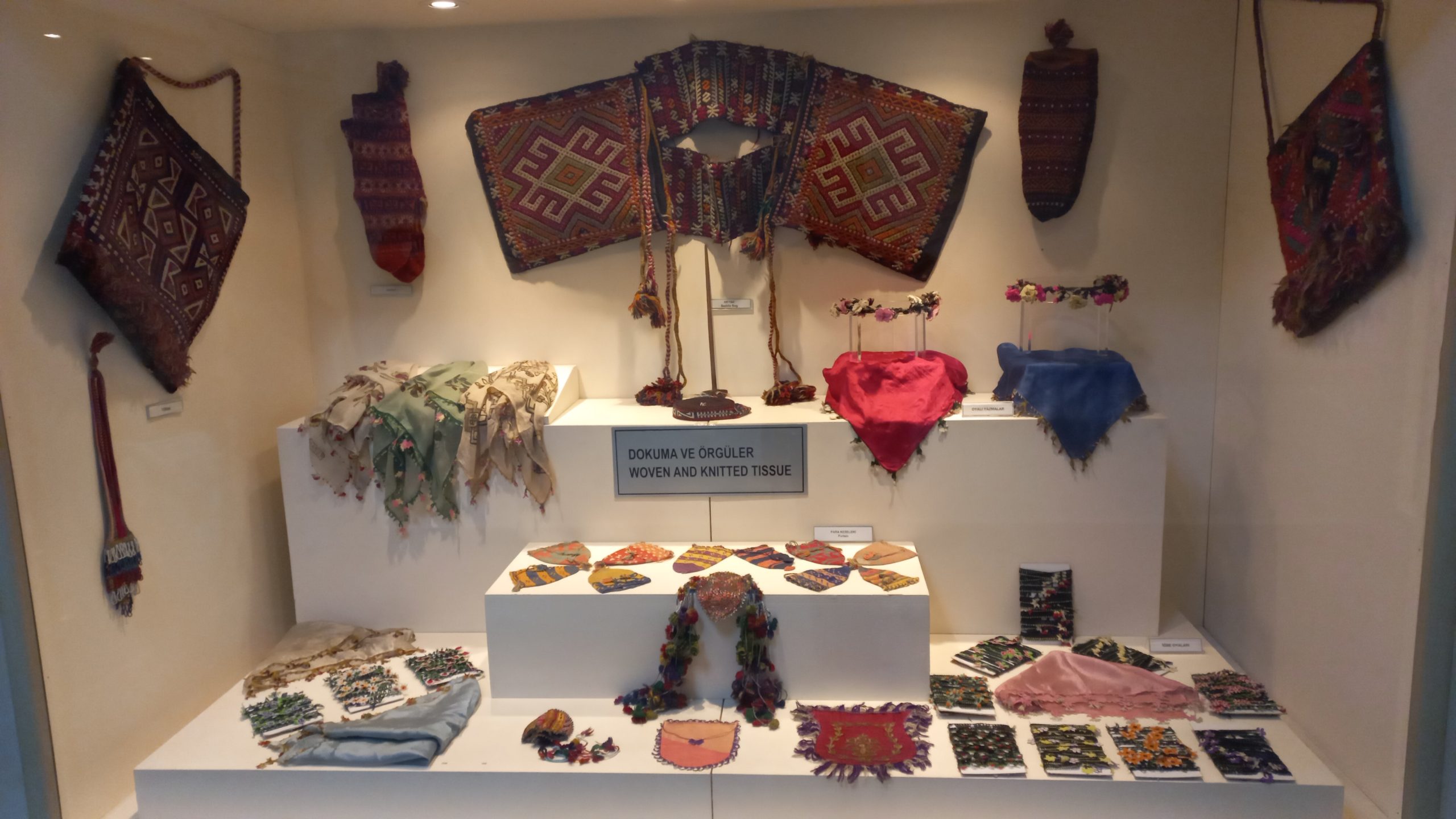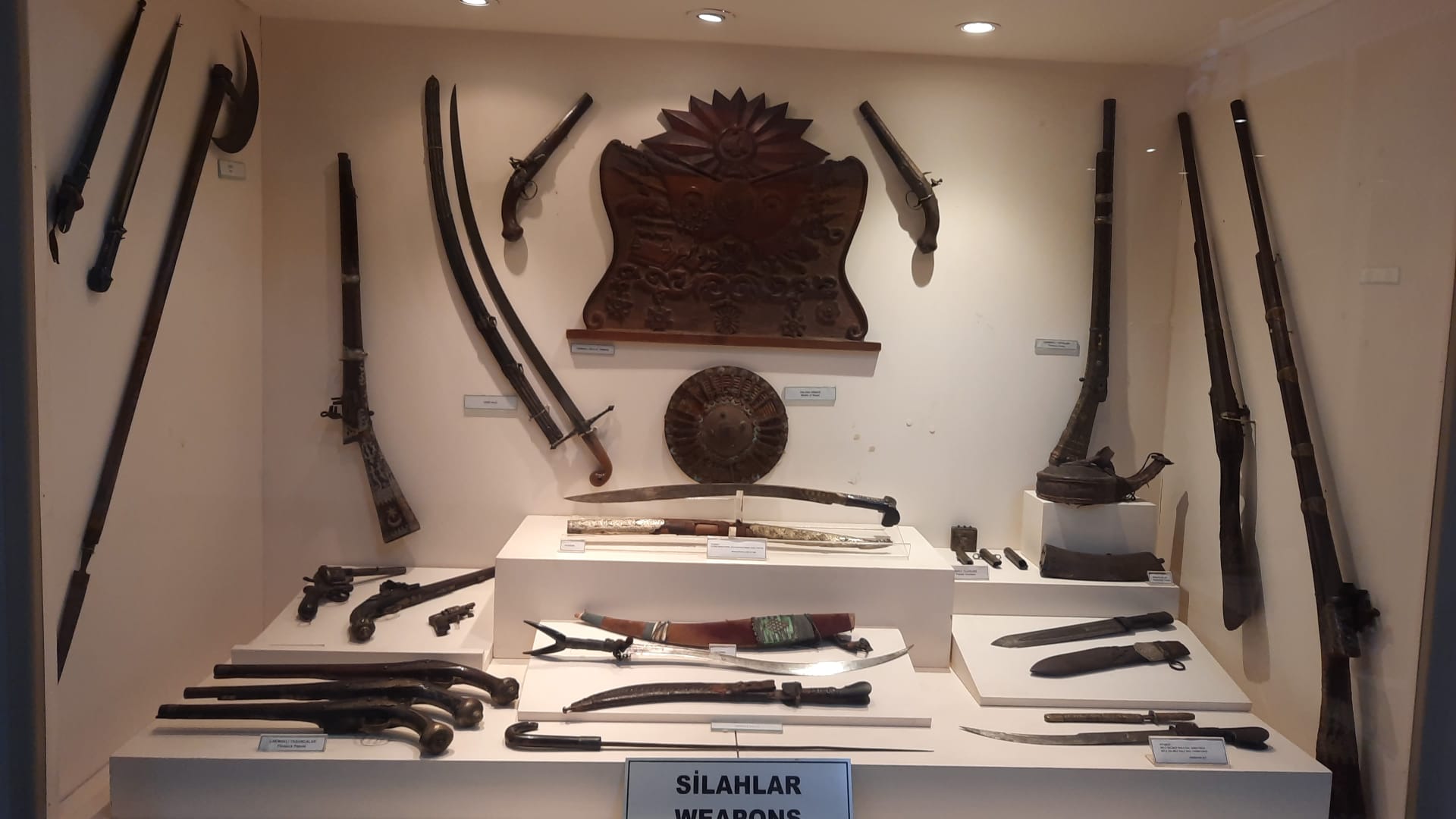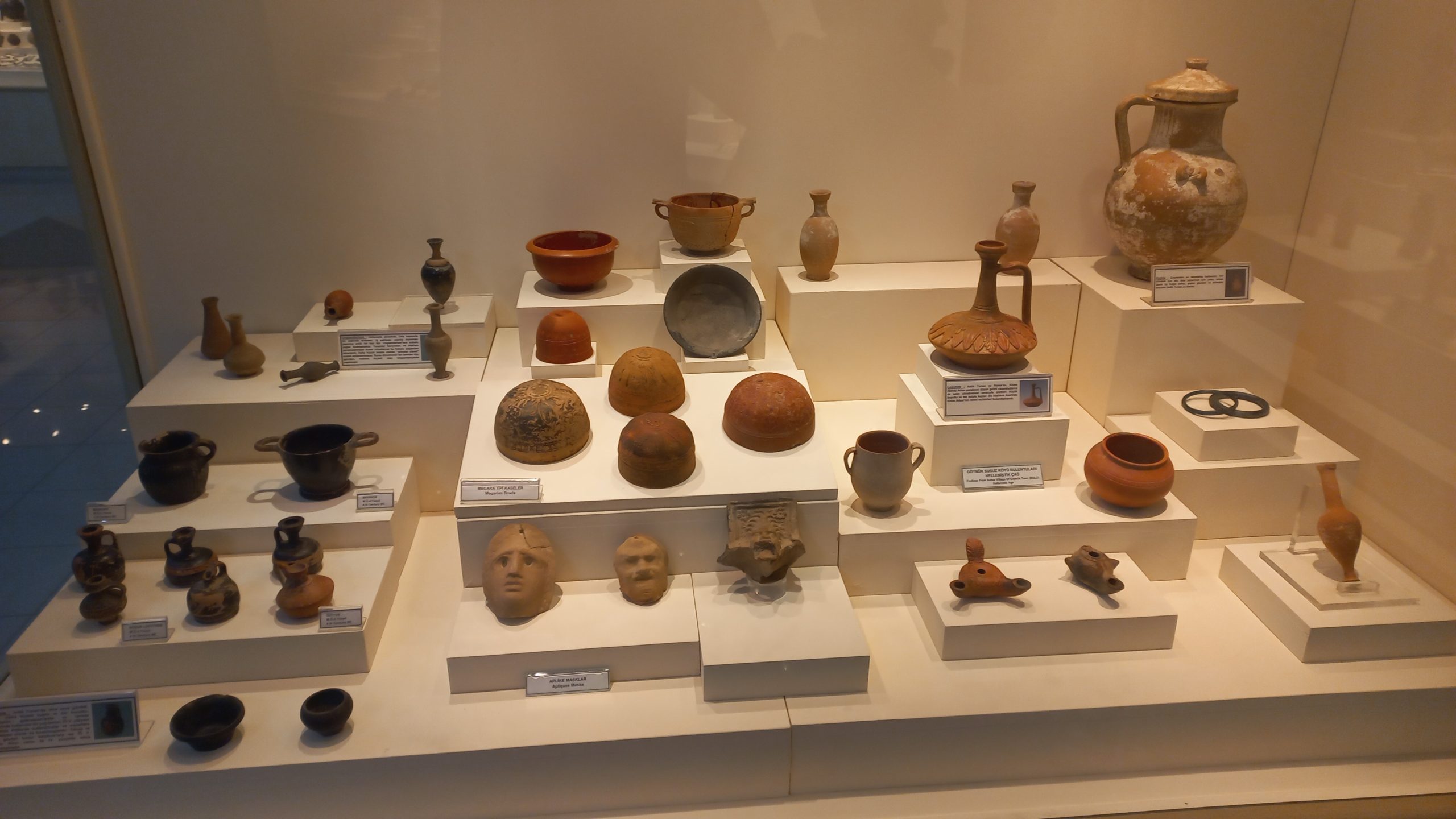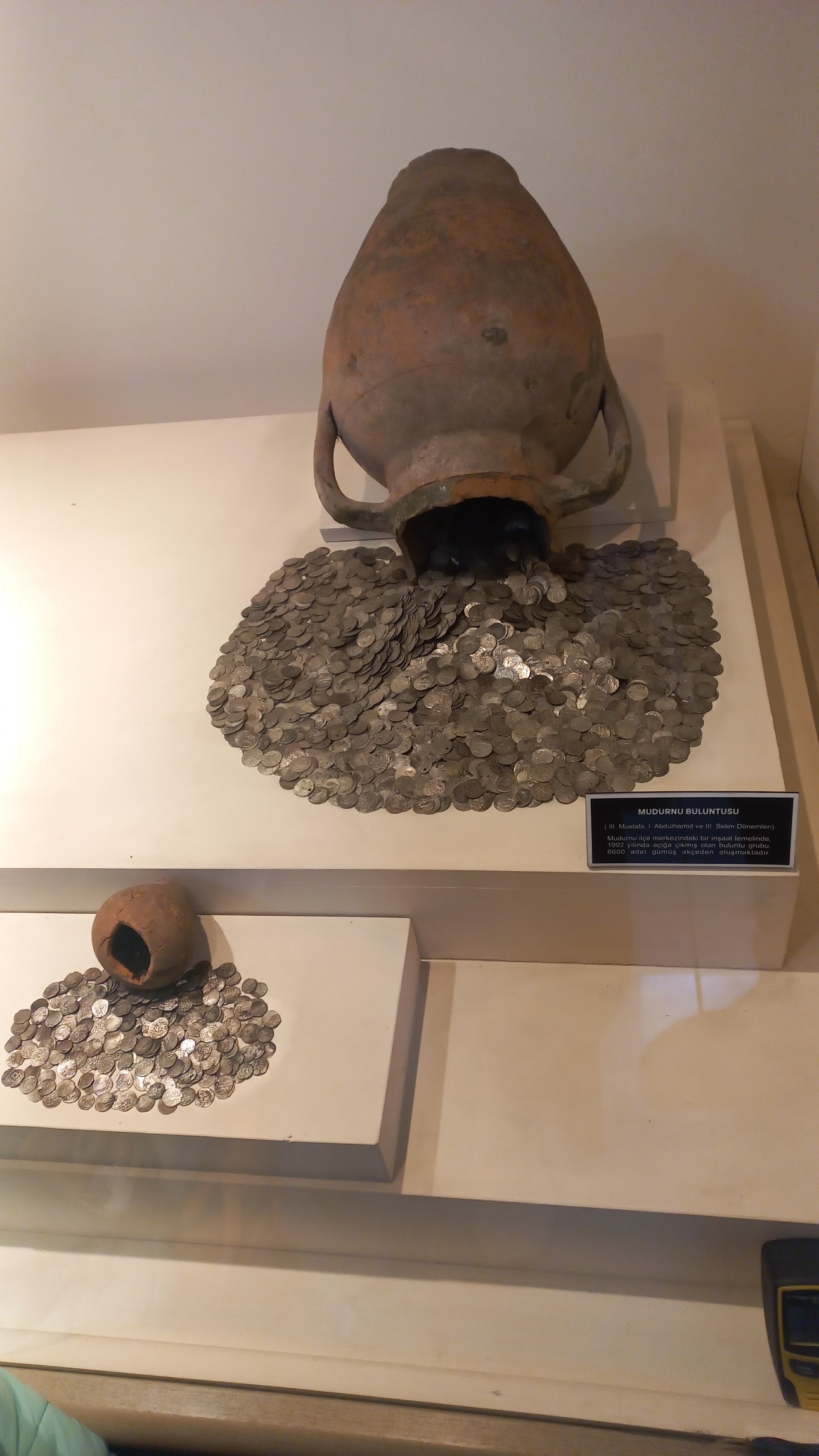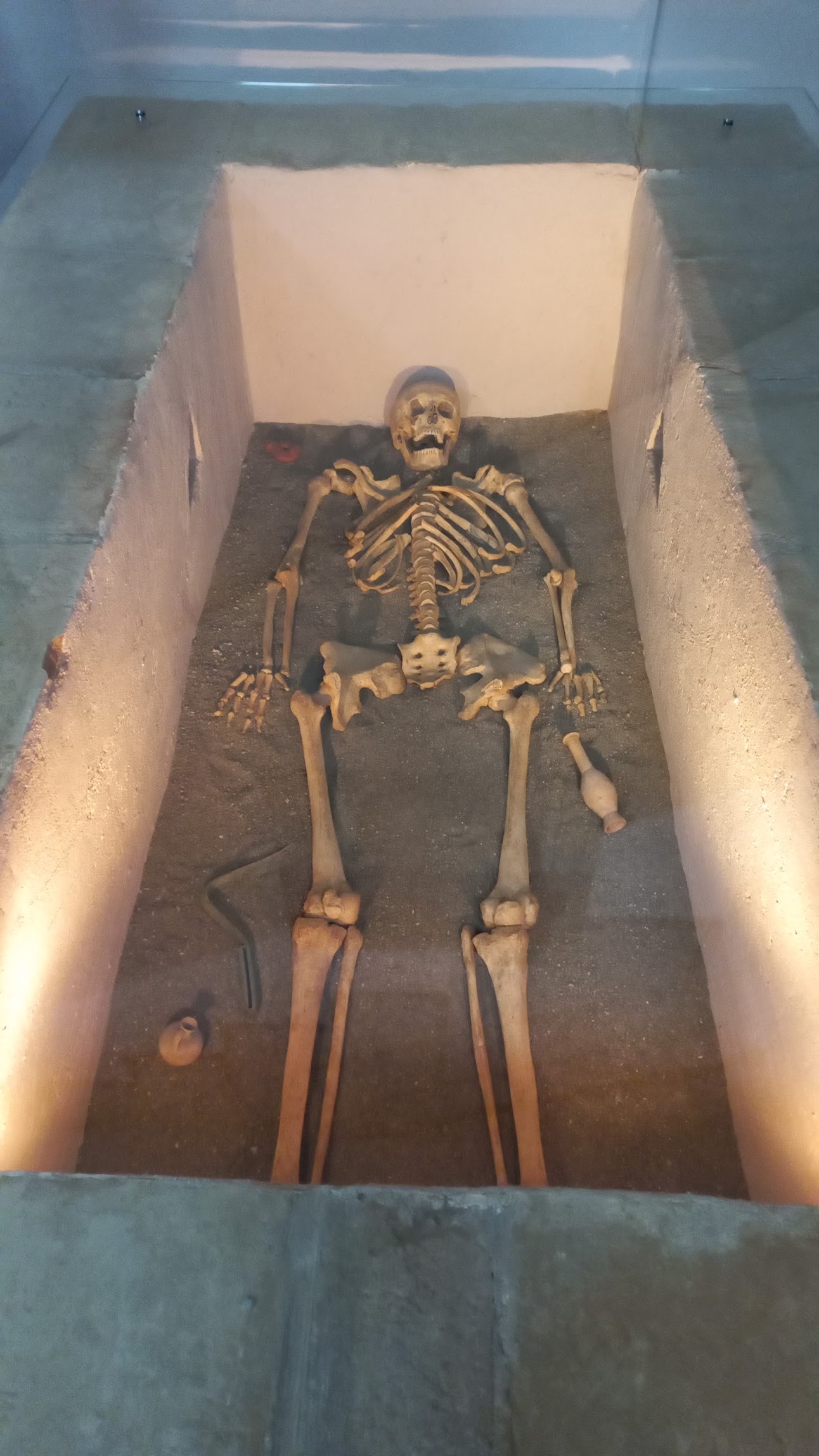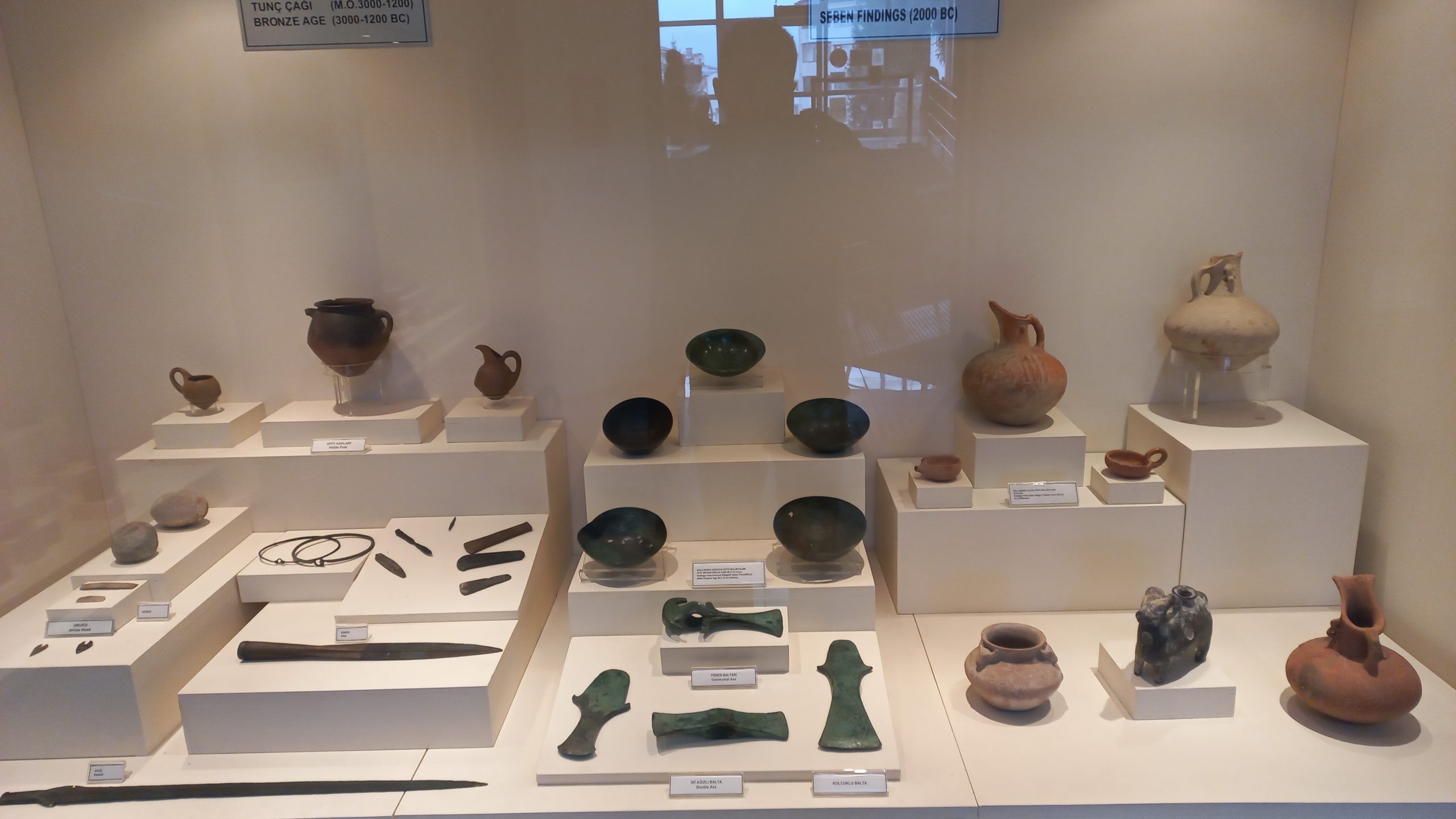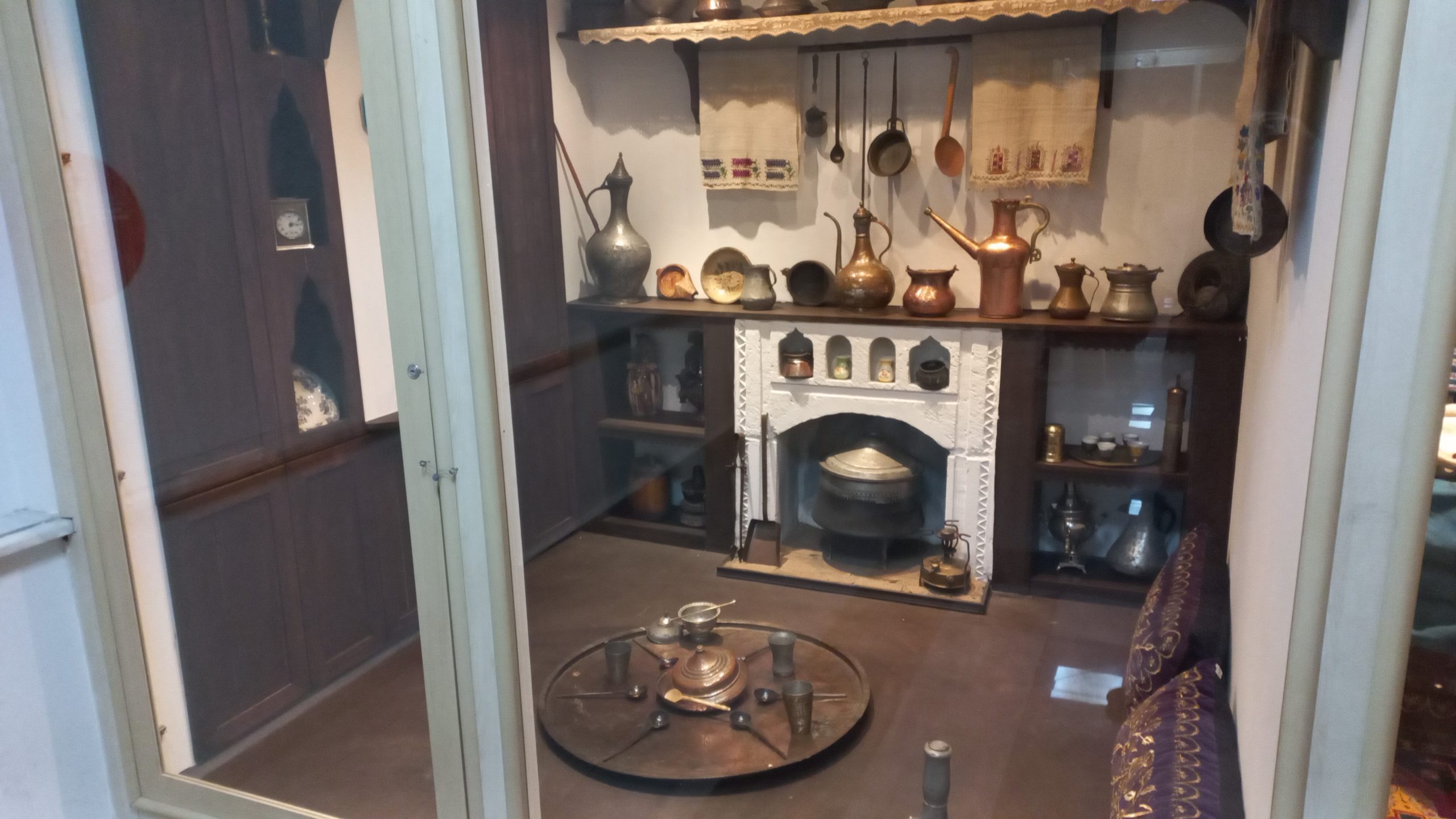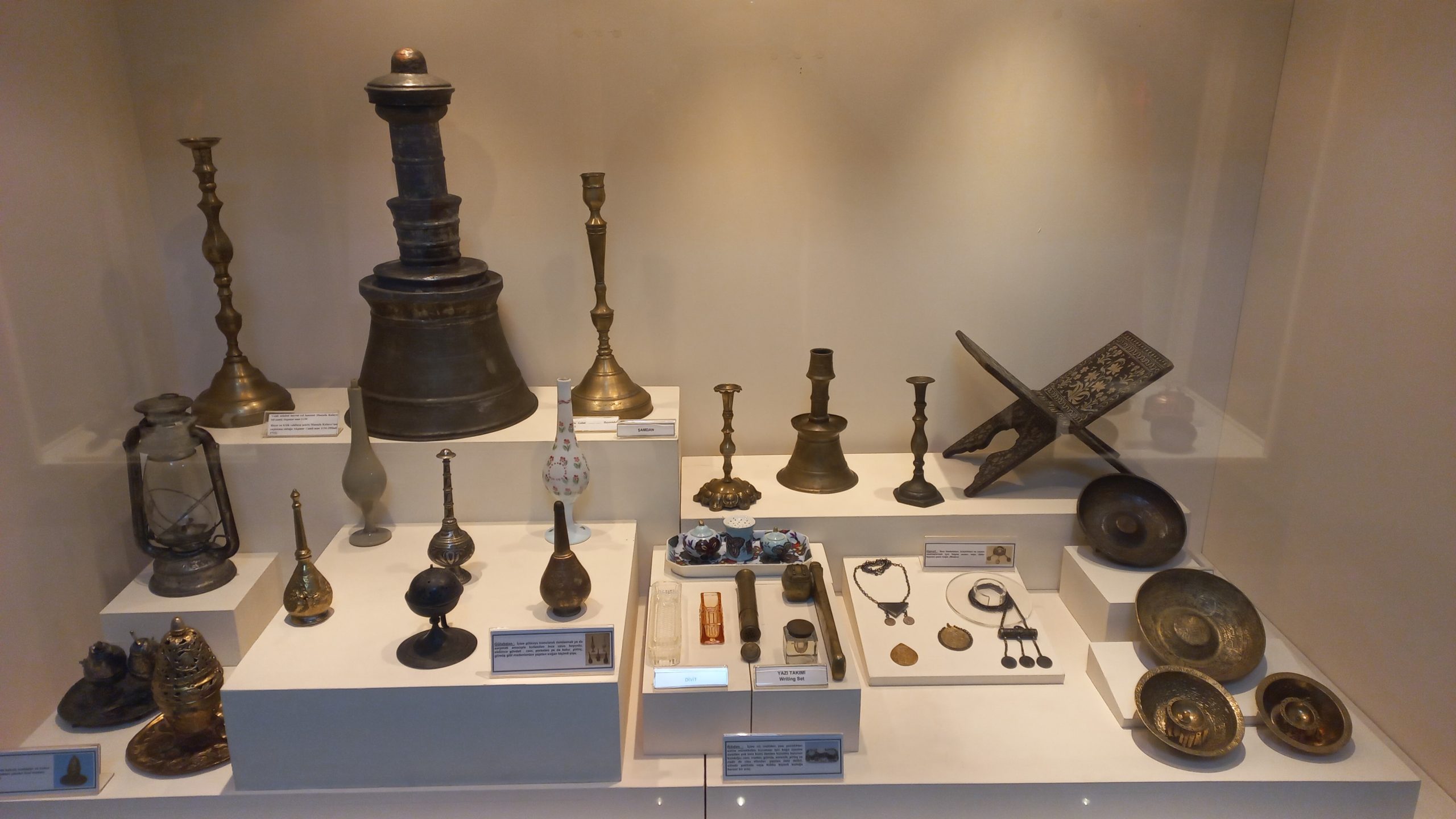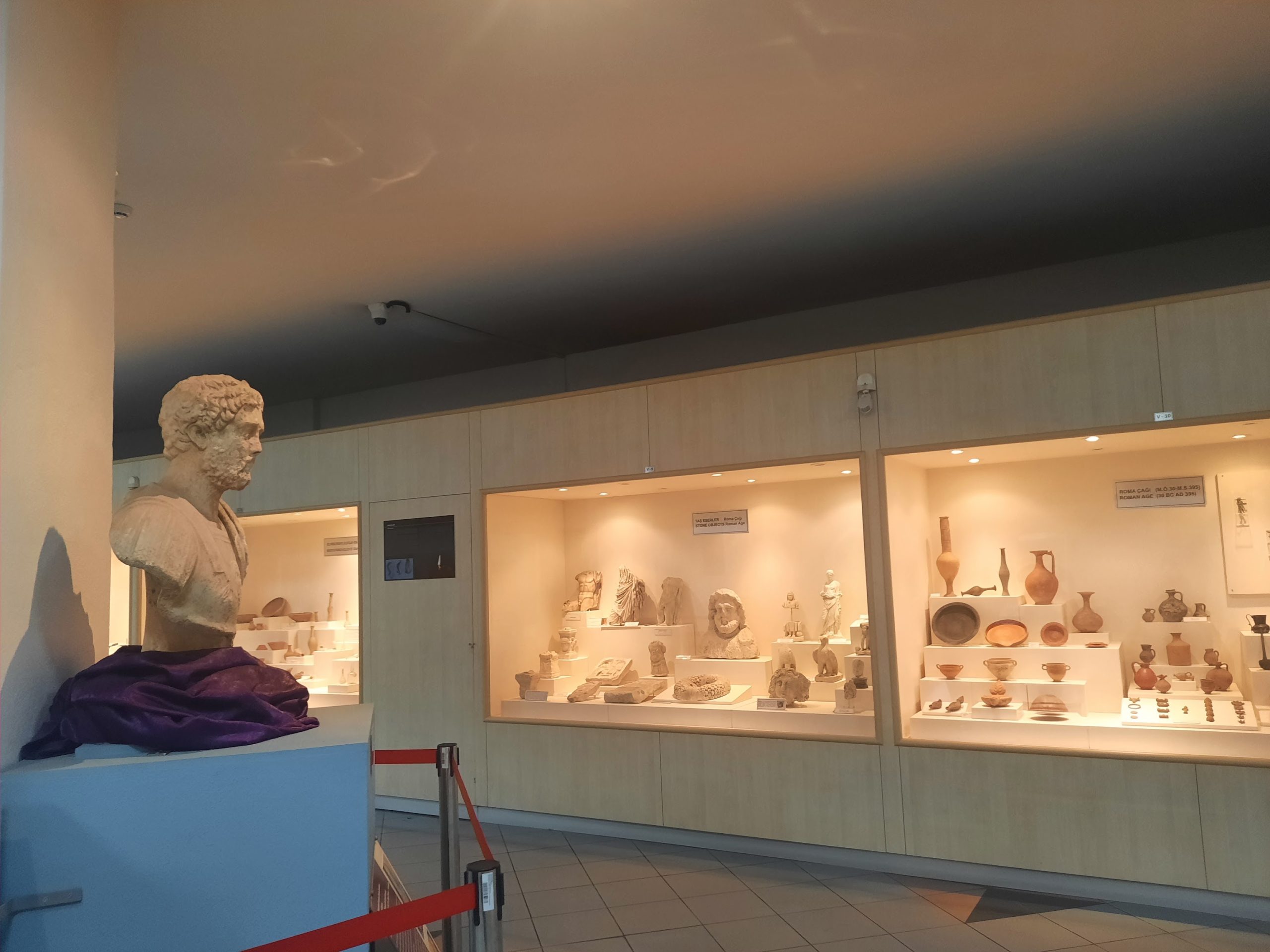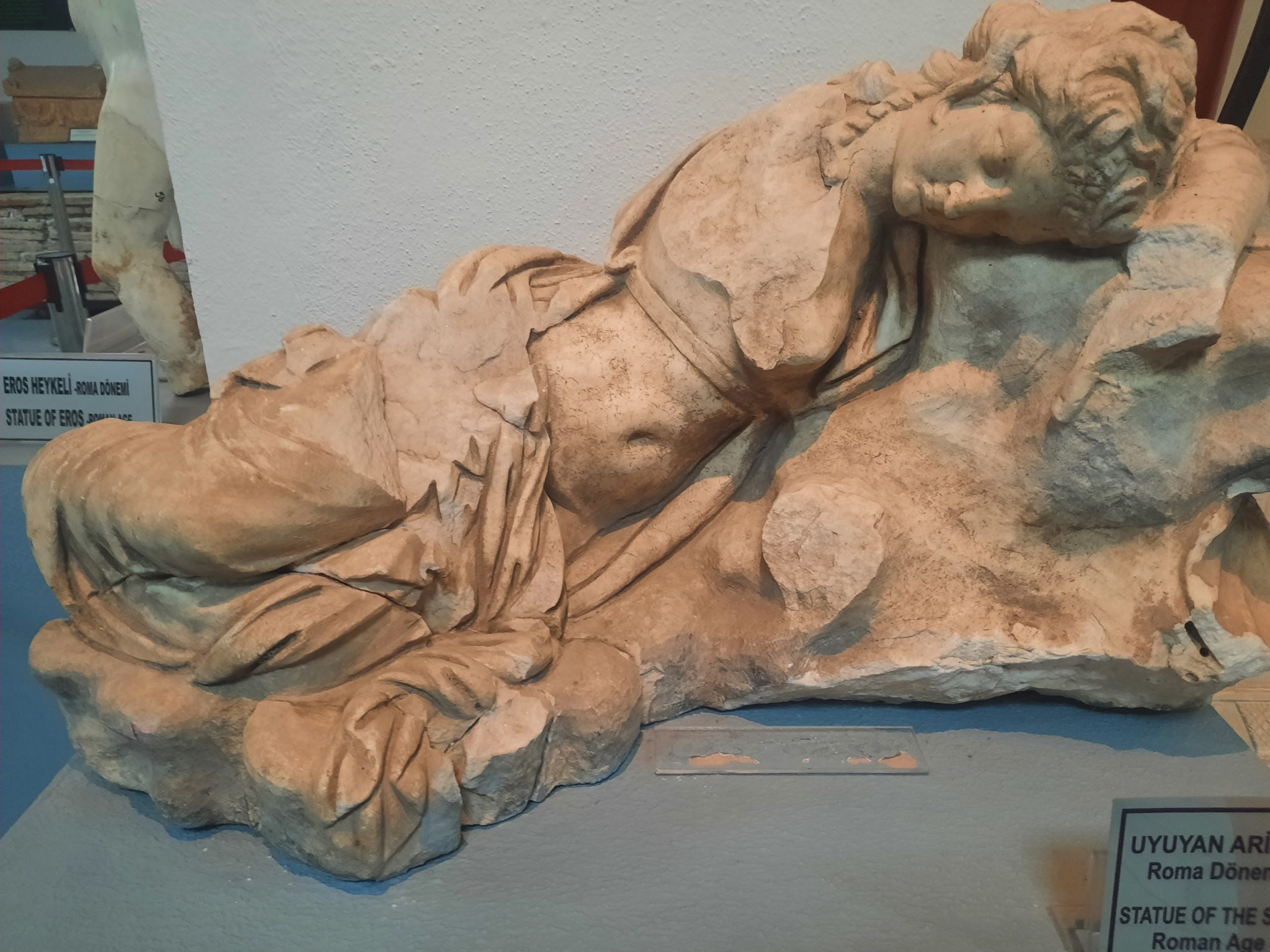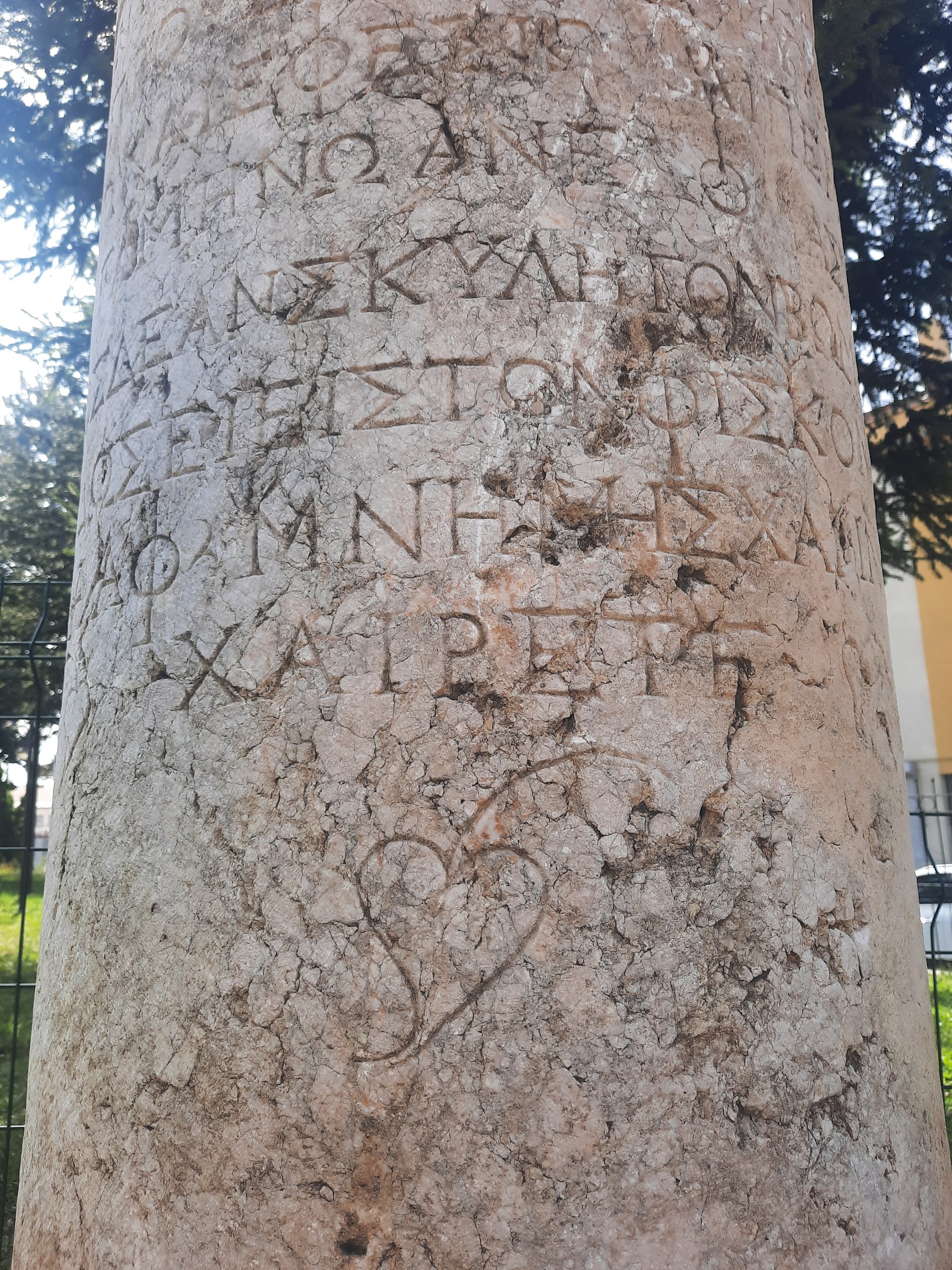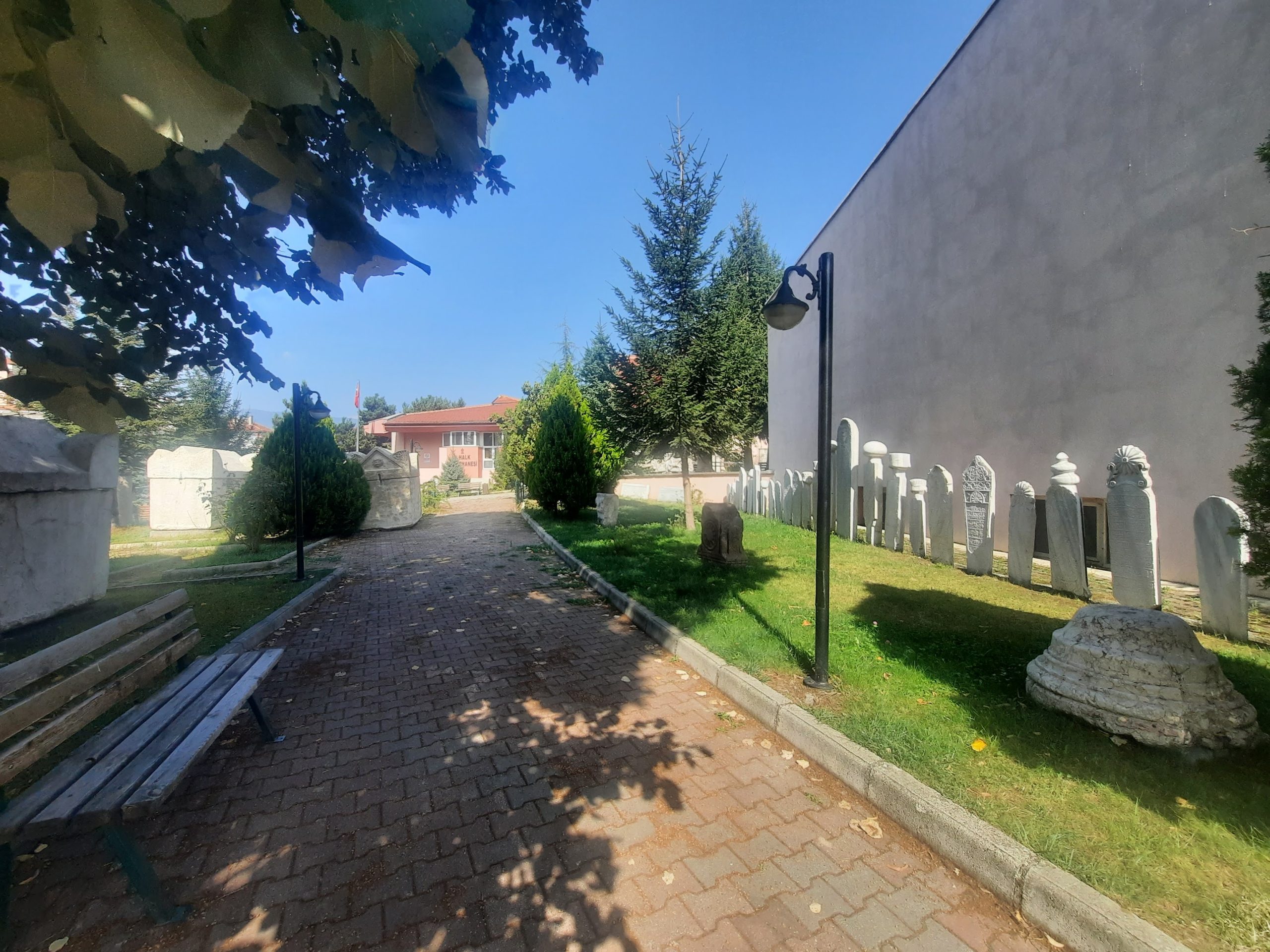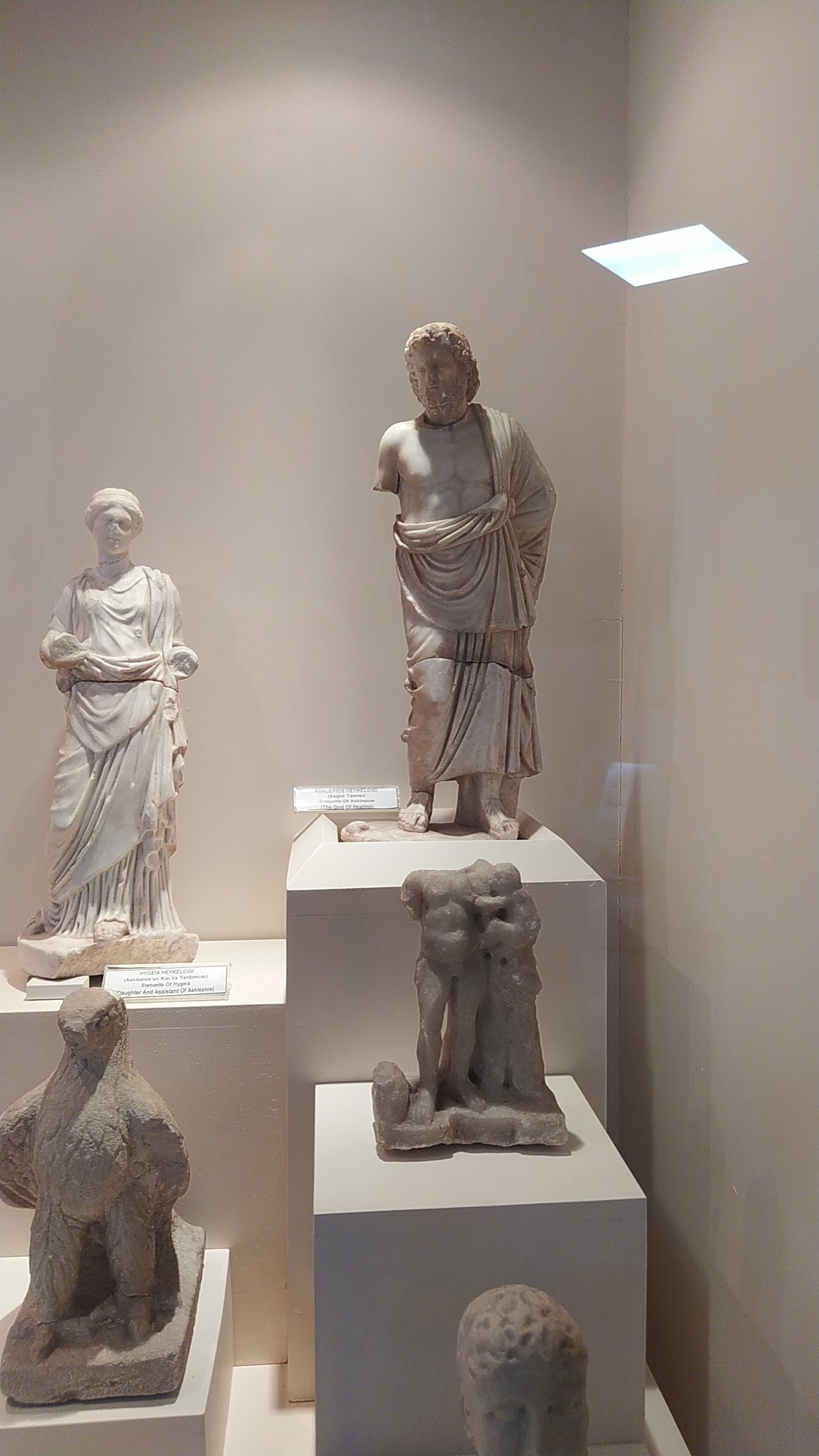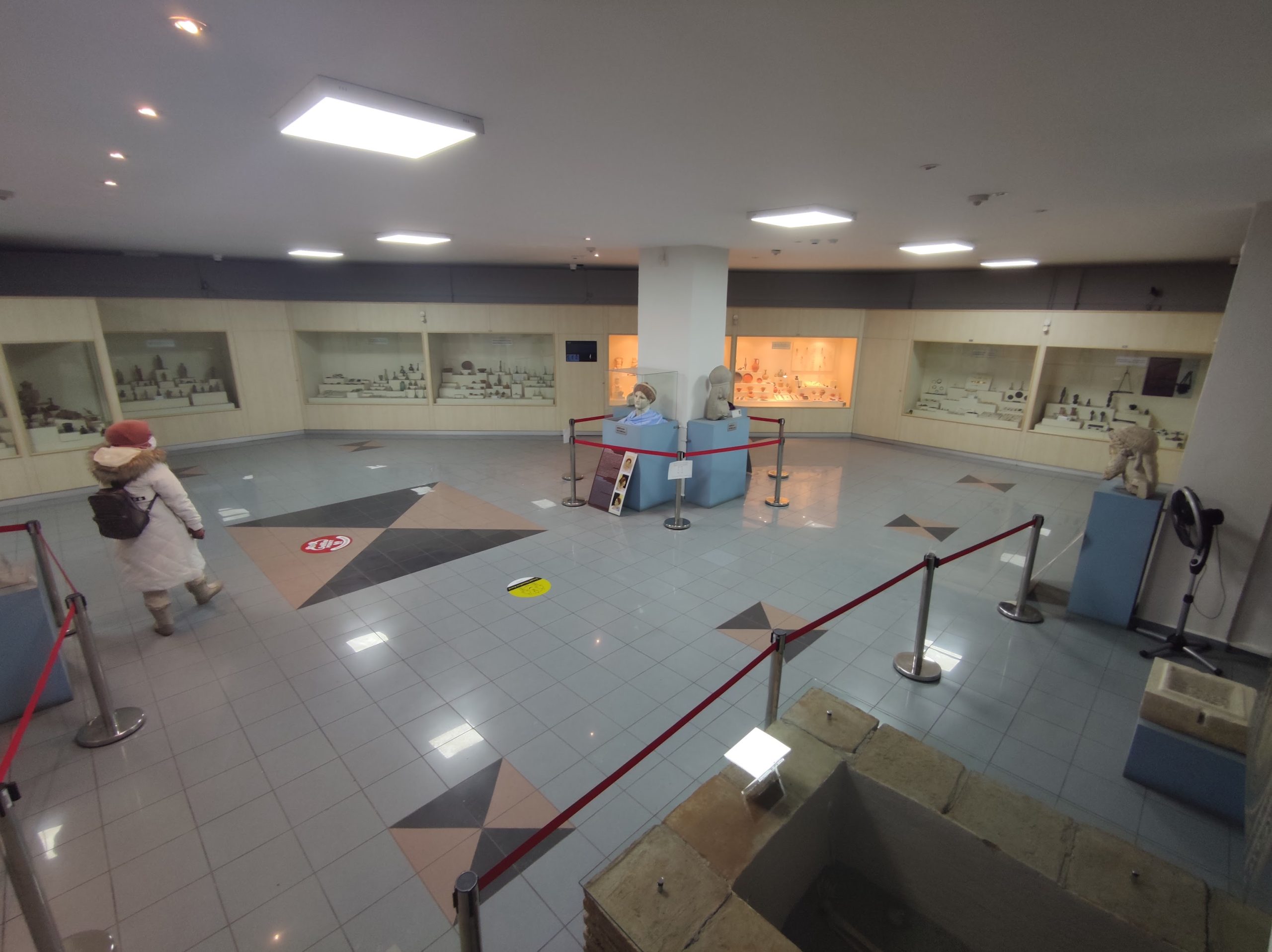Bolu Museum; It is a museum located in Bolu, where 15981 works are exhibited. It is located in the city center, on Stadium Street.
Museum work started in 1975 and was opened to visitors in 1981. The museum is divided into two sections where archaeological and ethnographic works are exhibited. In addition to works from the Ottoman, Phrygian, Urartian, Lydian, Greek, Roman and Byzantine periods, there are works dating back to the Neolithic Period and the Old Bronze Age. In the ethnographic section, clothing, jewelry, textiles, metal household items and weapons from Bolu and surrounding regions are exhibited. The museum is open to visitors every day except Monday between 08.00-12.00/13:00-17:00.
In 1975, a museum office was established within the Fine Arts Gallery to protect and exhibit works from Bolu and its surroundings. The civil service, which was moved to Bolu Cultural Center in 1976, was transformed into the Museum Directorate in 1977, and the exhibition and arrangement works were completed and opened to visitors on 14.11.1981. The Museum is located on the ground floor of the Cultural Center building; It consists of two sections: the archeology hall and the ethnography hall. There are a total of 17135 artifacts in the museum, including 3375 archaeological, 1643 ethnographic and 12117 coins.
In the archeology hall located on the ground floor of the museum; Marble, glass, metal and terracotta works from the Neolithic, Old Bronze, Phrygian, Urartian, Lydian, Hellenistic, Roman and Byzantine Periods are exhibited chronologically. Among these works, B.C. II. Seben-Korucuk village finds dated back to 1000 B.C. There are artifacts from Değirmenözü village dating back to the 1st millennium BC and finds from Göynük – Susuzkınık village dating back to the Hellenistic Period. Figurines of Asklepios, the god of health, his daughter Hygeia and his assistant Telesphoros, found in Seben – Çeltikdere village, and the Herakles Statue, Bust of Hermes, Nymph Statue and Gladiator Grave Stele from the Roman period unearthed in the central district of Bolu province are of great importance for the archeology of Bolu.



